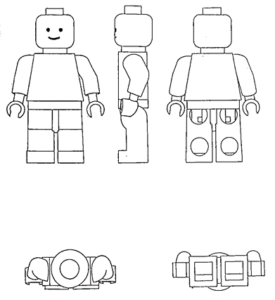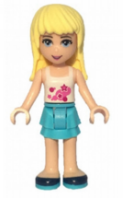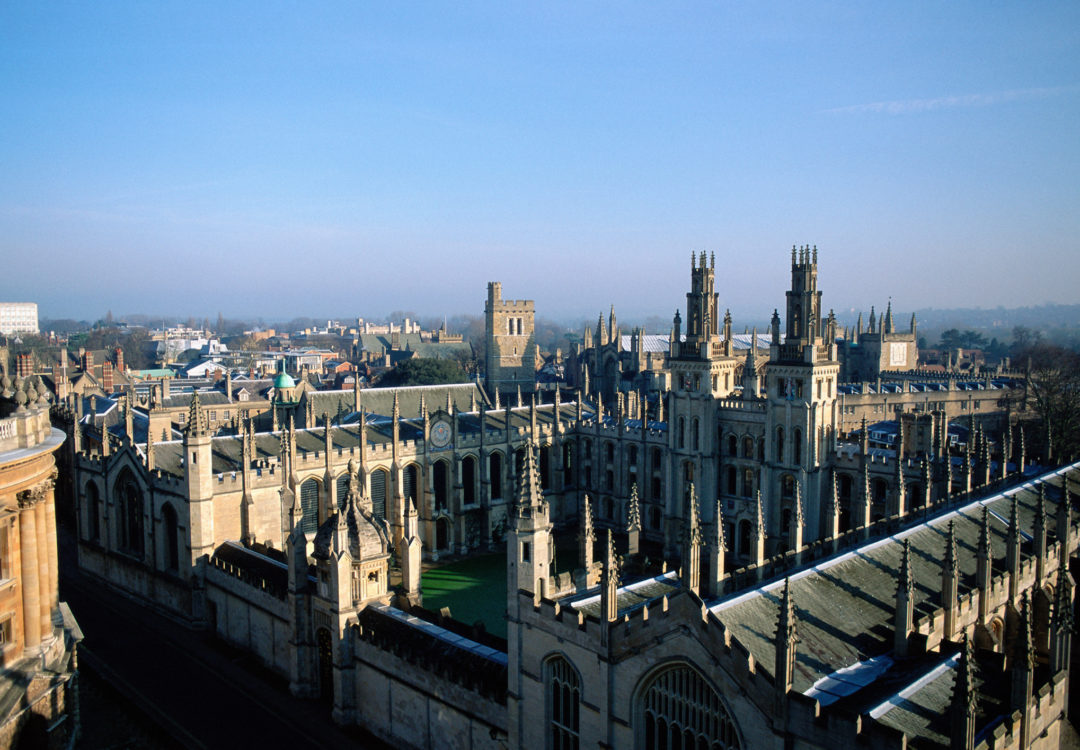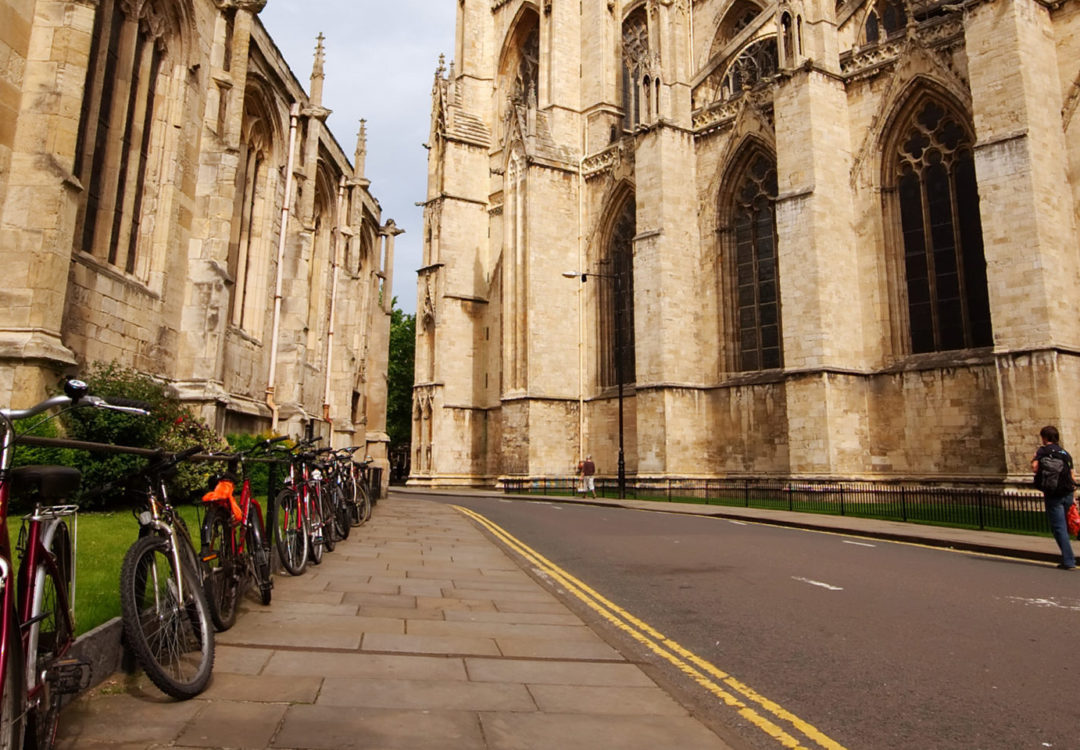Retail Scanner
Lego – Building a case for enforcement
March 2023
The “minifigure” of Lego and its friends prove to be brave fighters, not only in children’s hands, but also before the Regional Court of Dusseldorf and even the General Court of the EU.
The Lego minifigure, which is – quite obviously – well-known among the relevant consumers in the EU and registered as a three-dimensional EU trademark on the basis of acquired distinctiveness, has always been under heavy attack. At the moment, the now fourth application for cancellation is pending before the General Court.
However, the figure proves to be a strong subject of different types of intellectual property rights.
In its recent decision (LG Düsseldorf, Urteil vom 8.12.2022 – 14c O 46/21), the regional Court of Düsseldorf had to consider figures and toy sets produced by the defendant, Steinmachenes, on a number of counts, including community designs, copyright and ancillary protection under competition law.
The Court proceedings were initiated after suspected toy sets containing the figures were seized by German customs. Lego went against the layout of the packaging of the toy sets as well as their contents. Overall, this judgment provides a nice ride through different types of intellectual property rights and their enforcement in Germany.
A. Copyright
The Regional Court of Dusseldorf had to play – sorry deal – with Lego toy sets and figures a lot last year. The latter were examined thoroughly during oral hearings as one can read in the decisions.
While a decision of the Dusseldorf Court of May (decision 38 O 91/21 of 22 May 2022) was based on three-dimensional trademarks protecting the Lego “minifigure”, the recent decision inter alia confirmed that all three, the traditional minifigures, the Lego “friends” figures as well as the “BrickHeadz” enjoyed copyright protection in Germany.
As far as the figures were concerned, subject of the judgment were different lookalike figures called “LinooS”, “Qman”, “COGO”, and “Qi”. All of these names are registered EU trademarks for “building bricks” in Class 28.

1All pictures from the judgment
I. The Lego Minifigure
The Lego minifigure and its pal, the Lego “friends” figure were successful against the somewhat fierce-looking replicas, with the court confirming that they were protected under copyright.
It is that part of the judgment which makes clear that the figures were examined quite thoroughly, with no less than five features of the minifigure identified and examined.

Source: EUTM No. 000050450
For the Lego “friends” figure the Court identified no less than 10 features.
While the Lego minifigure had the features of an angular upper body, a disproportionately big head and attached arms in an overall stocky figure, the Lego “friends” figure was found to be a cartoon-like, however elegant and slim human figure with soft and curved alignment, which expressed a new style.

Under European case law from the CJEU, a “work” protected by copyright has to fulfil two cumulative conditions: First, that concept entails the existence of an original subject matter, in the sense of being the author’s own intellectual creation, and second, that protection is reserved to those elements of the work that show they are the expression of such creation (ECJ decision of 12 September 2019 in the case C- 683/17 – Cofemel, para. 29).
The features of the Lego figures show that the respective authors made use of the given freedom of design according to the Court of Düsseldorf. Compared to the previously known designs of toy figures, the Lego minifigure, which was created roughly in 1978, shows compact geometrical forms, smooth surfaces, its stocky body being far removed from natural human proportions.
Both, the minifigure as well as the “friends” figure have the aesthetic qualities of a work protected by copyright, and in particular reflect the personality of its author, as an expression of their free and creative choices.
The relevant consumer who is reasonably familiar with artistic concepts will thus see in the Lego figures a work of art, which is not hindered by the fact that during the process of creation, the designer was partly supported by market analyses.
II. The Lego “Brick Headz”
The so called “Brick Headz” figures of Lego enjoy copyright protection as well, found the Court.

Brick Headz are brick-built figures as opposed to the above-mentioned figures which generally consist of only two parts. However, the fact that all of the figures have to be built from different parts that have to comply with the dimension of the Lego studs did not change the Court’s opinion that these figures show a sufficient degree of creativity. These features were also not solely dictated by technical function.
The Brick Headz figures provide the overall impression of an edgy, block-like and strongly alienated humanlike comic figure, which differentiates them from the previously known toy figures. These features also show the personality of its author, as an expression of their free and creative choices and thus a sufficient degree of individuality and creativity.
III. Infringing lookalikes of the Lego figures
The figures found in the toy sets which were seized by customs were deemed to infringe the copyright in the various Lego figures. The same was true for the images of the figures pictured on the packaging of the products.
B. Design rights
Among the registered EU designs owned by Lego are the designs on circular building blocks, comprising a cylindrical form and a flat form with different numbers of studs.
The Court found an infringement of these designs of the circular Lego building blocks, which were also pictured on the packaging of the defendant’s toy sets. The argument that the building block in question was actually not included in the package did not affect the fact that the picture itself constituted an offer infringing the design rights.
As some maybe recall, the European Court of Justice found in T-515/19 (judgment of 24 March 2021 – Lego A/S /Delta Sport Handelskontor), that the Lego brick was covered by the exception that mechanical fittings of a modular system can be protected under design law, although there may have a technical function.
C. Supplementary protection of related rights under competition law
Last, but not least, one of the packages seized by customs in this case showed a “surfer mobile” and was found to be an infringement under unfair competition law.


Lego’s own “surfer mobile” packaging was found to meet the conditions of competitive originality which has to enable the relevant consumer to associate the item with a specific undertaking. This aspect was decided on the basis of the judges’ own experience in the field of buying toy sets.
All packaging of toy sets of Lego generally shows the same distinctive features such as the assembled toy with studs in the middle, the red Lego logo in the upper left corner, the name of the product line “CREATOR” next to it, and the indication of different variants which may be built with this set “3 in 1” on the right side on a yellow background.
As far as the technical function and descriptiveness of these features are concerned, there seems to be room for creative arguments. In this case, Lego was able to convince the Court that the English term “CREATOR” was not graspable by German children and the indication “3 in 1” could have been designed in a much smaller way so that both add to the originality of the packaging.
Among the three different types of replicas possible, the “surfer mobile” packaging of the defendant in this matter was an almost identical replica.
Most of the relevant features of the original were copied and the fact that the upper left corner showed a red logo, not including the words “Lego” did not have any effect on the similar overall impression created by the packaging.
Since the packaging of Lego in general enjoys a certain degree of reputation, which the judges were concluding from their own experience as well, the almost identical overall impression of the packaging in question resulted in an avoidable deception of the public and unreasonable exploitation of the reputation of Lego.
PRACTICAL ADVICE
This judgment, however, was only possible, because Lego was able to file many documents as evidence, proving that the figures reflect their designers’ own creative choices and keep a distance from previously known figures. This is a good reminder that documenting the creation of works and prior art can be a powerful tool in enforcement.
As far as the packaging is concerned, Lego was able to show that their design is sufficiently original and enjoy reputation among the relevant consumers. Any retailers that look to provide similar building style products will need to carefully consider the earlier rights of Lego, and in particular that images on packaging will constitute advertising products for sale.
This article was prepared by HGF Attorney at law Olivia Petter.
































